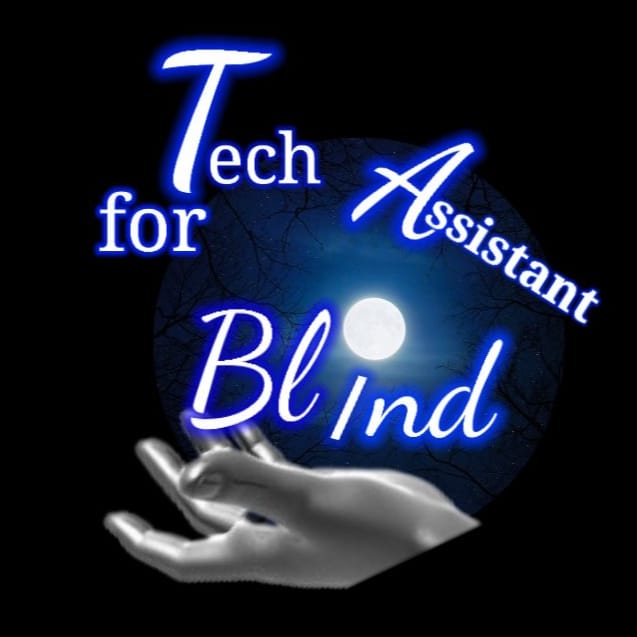Last Updated on
April 4, 2024
Written by
Tech Assistant for blind Team
Introduction:
In today’s digital age, the convergence of artificial intelligence (AI) and e-commerce has given rise to innovative solutions that redefine the shopping experience. One such groundbreaking technology is AI-powered visual product search, which enables users to search for items using images rather than text. This revolutionary approach has not only streamlined the shopping process but has also opened up a world of possibilities for retailers and consumers alike. In this article, we delve into the benefits and use cases of AI in visual product search, exploring how it is transforming the landscape of online shopping.
Enhanced User Experience:
Traditional text-based search methods often require users to accurately describe the item they are looking for, which can be challenging, especially when dealing with ambiguous terms or complex products. AI-powered visual search eliminates this barrier by allowing users to simply upload an image of the desired item, whether it’s a piece of clothing, furniture, or electronic gadget, and instantly receive relevant search results. This intuitive approach not only saves time but also enhances user satisfaction, as it eliminates the frustration of typing in keywords and sifting through irrelevant listings.
Increased Accessibility:
Visual product search has made shopping more accessible to a wider audience, including those with language barriers or literacy issues. Since visual search relies on images rather than text, it transcends language barriers and enables users to find products based on visual cues alone. This democratization of the shopping experience empowers individuals from diverse backgrounds to easily navigate e-commerce platforms and discover products that meet their needs, regardless of linguistic or cultural differences.
Personalized Recommendations:
AI-powered visual product search leverages advanced machine learning algorithms to analyze image data and understand user preferences. By tracking users’ interactions and browsing history, these algorithms can deliver highly personalized product recommendations tailored to individual tastes and preferences. Whether it’s suggesting complementary items or predicting future purchases based on past behavior, visual search enables retailers to offer a personalized shopping experience that fosters customer loyalty and engagement.
Improved Product Discovery:
One of the most significant benefits of AI in visual product search is its ability to facilitate serendipitous product discovery. Unlike traditional search methods, which rely on specific keywords or categories, visual search allows users to explore a broader range of products that may align with their interests or style preferences. This serendipitous discovery not only enhances the shopping experience but also exposes users to new brands and products they may not have encountered otherwise, driving sales and brand visibility for retailers.
Use Cases:
-
Fashion and Apparel:
Visual product search is particularly valuable in the fashion industry, where style and aesthetics play a crucial role in purchasing decisions. By allowing users to search for clothing and accessories based on visual attributes such as color, pattern, and style, retailers can offer a more immersive and personalized shopping experience. Additionally, visual search can help users find exact or similar items worn by their favorite celebrities or influencers, driving engagement and conversion rates.
-
Home Decor and Furniture:
Visual product search is also transforming the way people shop for home decor and furniture. Whether users are looking to redecorate a room or find a specific piece of furniture, visual search enables them to easily find items that match their vision. By uploading images of their current space or desired aesthetic, users can discover a wide range of products, from sofas and coffee tables to wall art and decorative accessories, helping them bring their design ideas to life.
-
Electronics and Gadgets:
In the realm of electronics and gadgets, visual product search simplifies the process of finding the right device or accessory. Whether it’s a smartphone, laptop, or wearable tech, users can quickly identify products based on visual features such as design, brand, and functionality. Visual search also enables users to compare similar products side by side, making it easier to make informed purchasing decisions.
Conclusion:
AI-powered visual product search represents a paradigm shift in the way we shop online, offering a seamless and personalized experience that enhances user satisfaction and drives business growth. By harnessing the power of AI and image recognition technology, retailers can empower users to discover products more intuitively, leading to increased engagement, conversion rates, and customer loyalty. As this technology continues to evolve, we can expect visual product search to become an integral part of the e-commerce landscape, revolutionizing the way we shop for years to come.


